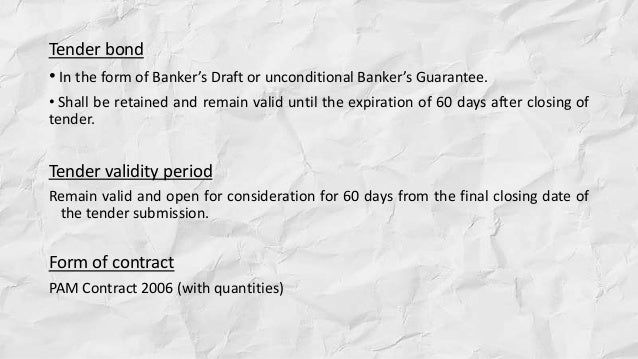Pam Contract 2006 With Quantities
Malaysia PAM Standard Form of Contract 2006 (Wthout Qty) Malaysia PAM Standard Form of Contract 2006 (with qty) PAM Standard Form of Contract (Without Quantities) 2006. Standard Forms of Contract. Malaysia PAM Form. Standard Form of Building Contract 2006 (with Quantities) Standard Form of Building Contract 2006 (without Quantities). Share Pam 2006 Sub Contract. Pam contract 2006 without quantities. 5 11-01-13article Pam 2006 Contract Overview. A Seminar on the PAM 2006 Contract Ism.
Ilsa She Wolf Of The Ss Legendado there. Upon checking the PAM 2006 Contract Forms, I noticed the difference between the drafting of the Contract Forms with quantities (called Form A for this discussion) and without quantities (Form B) lies in 2 main clauses namely: Clause 11 - Variation; and Clause 12 - Quality and Quantity of works Clause 11 - Variation Form A empowers the Architect and/or the Quantity surveyor to evaluate claims. The QS is absent in Form B although in practice a QS may be commissioned to assist the architect in the contract administration. Clause 12 - Quality and Quantity of works Form A - Contract Bills form the basis for quantity of the works. The BQ carry the risk of error in quantities. Since the risk of error of quantity is born by the employer, any correction to the quantity would entitle the contractor for a VO (12.2) Form B - The Contract Sum is derived from the contractor's own estimate of the quantity based on Drawings and Specifications. Here, the risk of error in quantity is borne by the contractor.

In contrary to popular belief, both contracts are Lump Sum ( see clause 12.2 of both forms) in a sense that the contractor undertake to complete the whole works for a determined amount of money payable by the employer. The BQ may not provide an exhaustive description of the works but should be read as mutually explanatory with other contract documents, i.e. Specification and drawings. Hence the contractor should thoroughly check all the relevant contract documents according to the priority set in clause 3.1 in coming up with the contract rates. The BQ may not be required for smaller or less complex projects where drawings and specifications themselves provide sufficient information.
